Mimosa Yellow Pyrisitia nise / Confusing Yellow Pyrisitia larae. It's well-named that one!
Barred Yellow Eurema daira / Banded Yellow Eurema elathea
Lyside Sulphur Kricogonia lyside / Cuban Sulphur Kricogonia cabrerai
I have also improved the texts of the above and in the case of P. larae / P.nise I have also removed a couple of the pictures - dodgy identifications on my part!
These are all species that never settle with their wings open so the only chance of getting pictures of the uppersides is either by taking lots of flight shots and hoping that some will be in focus, or by photographing set specimens like these. For several of these getting a good view of the upperside is fundamental to making a correct identification.
Thank you again to Dr James Hogan at the Museum for arranging access.
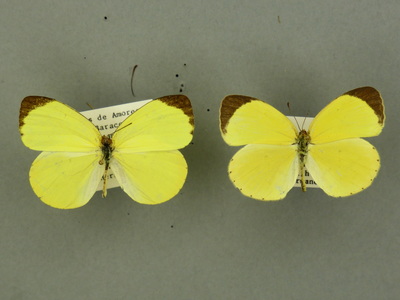
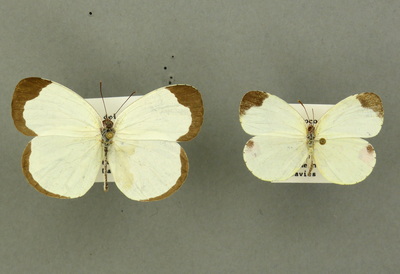
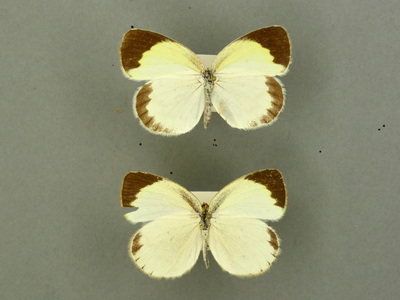
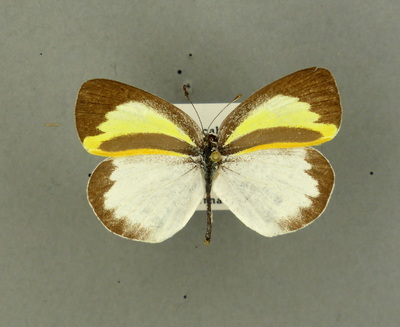
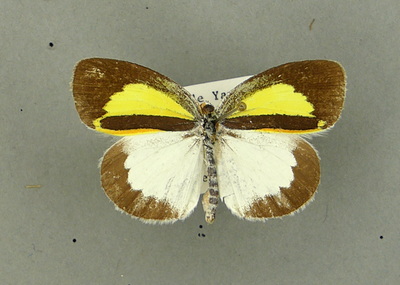
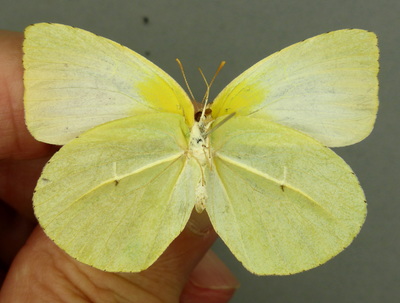
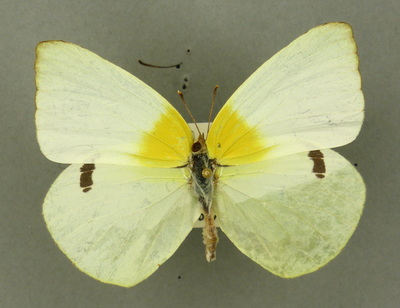
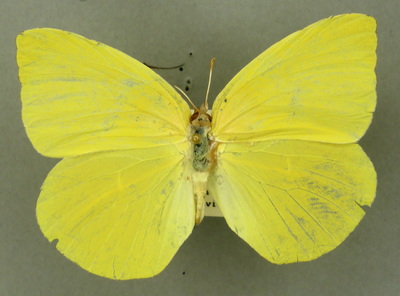
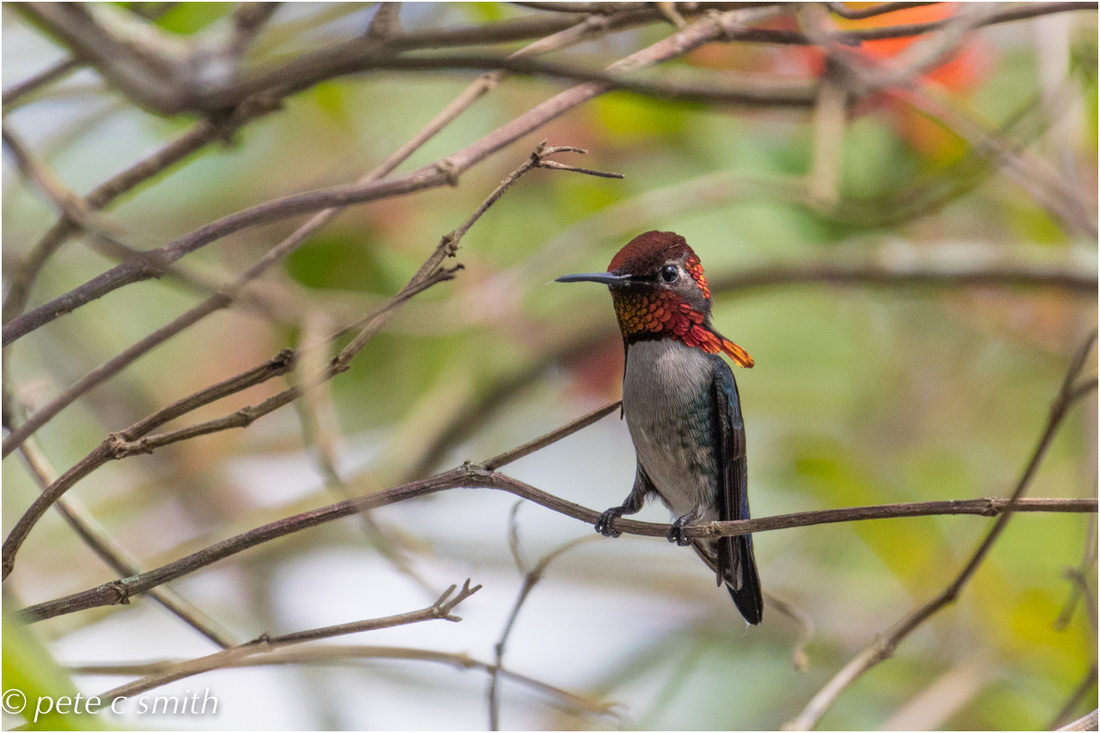
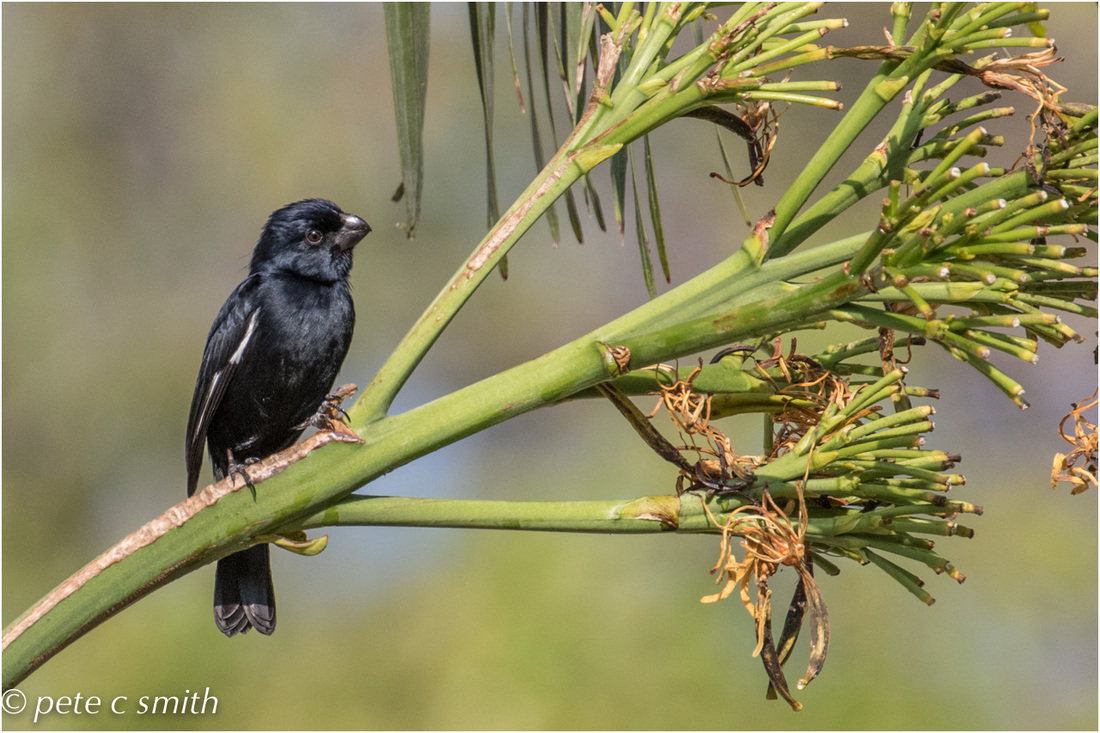
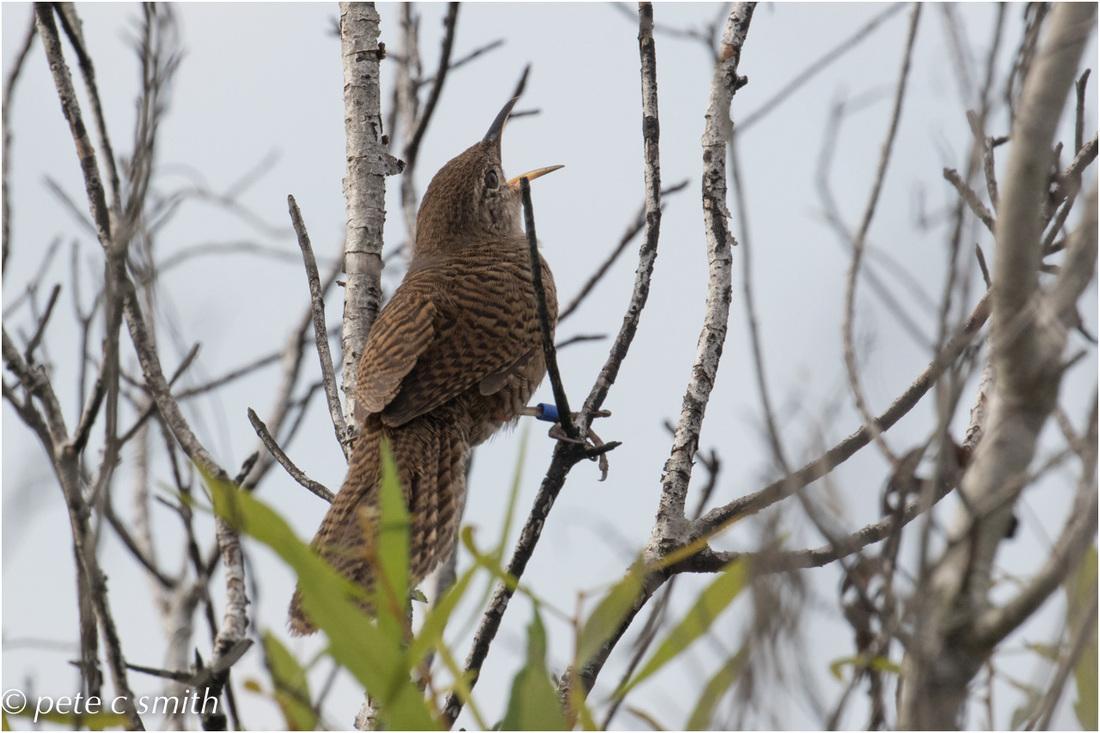
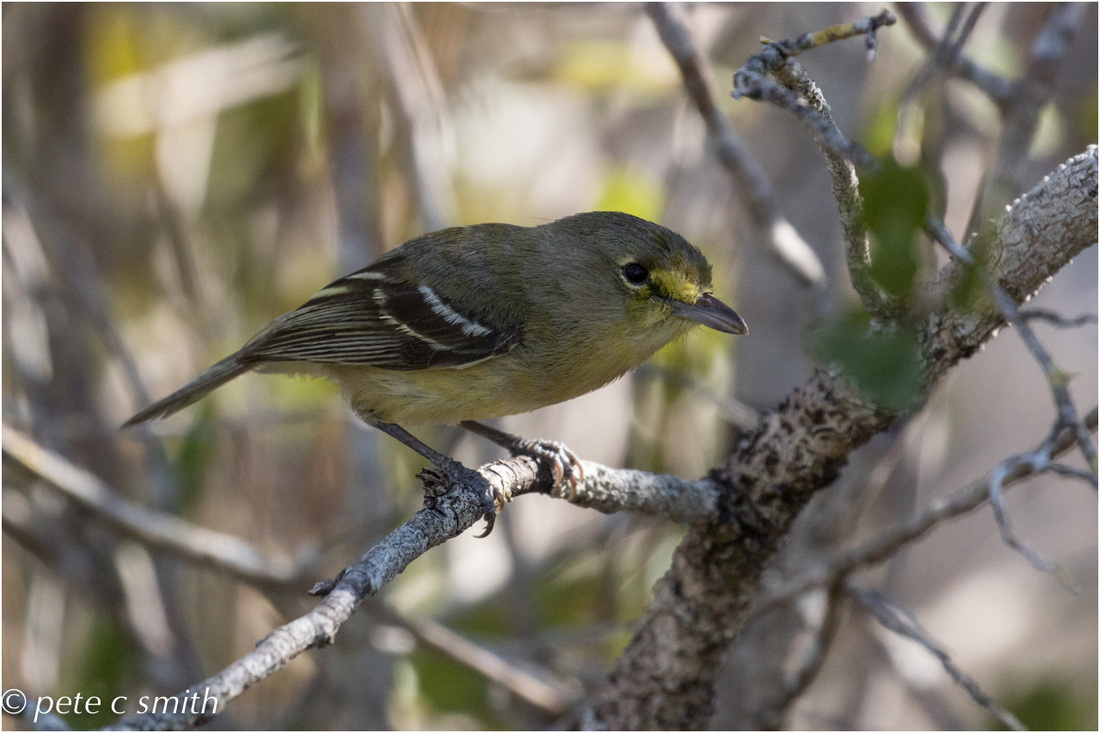
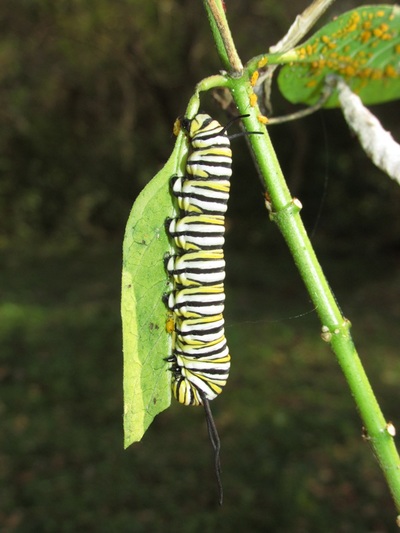
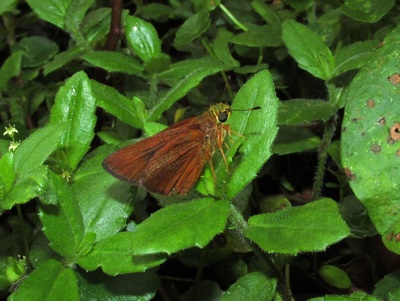
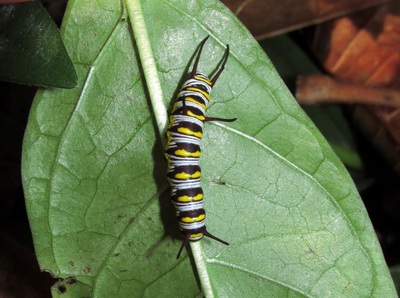
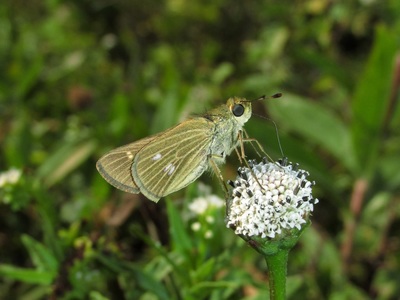
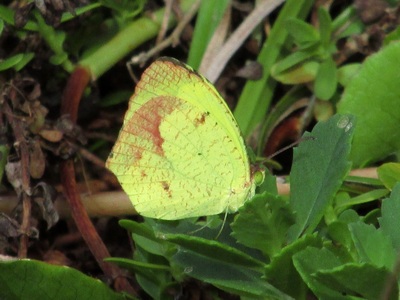
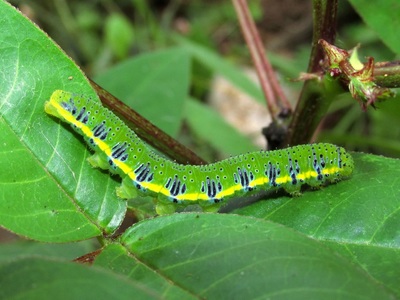
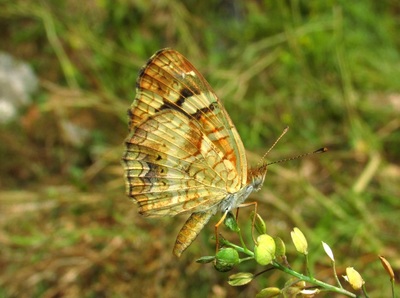
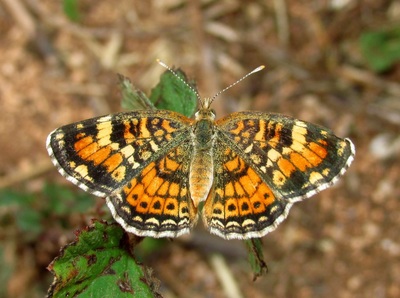
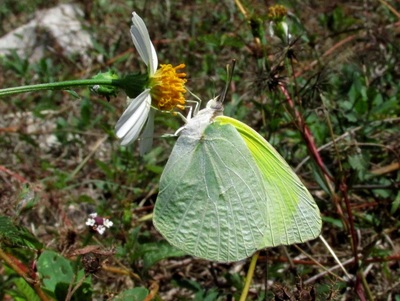
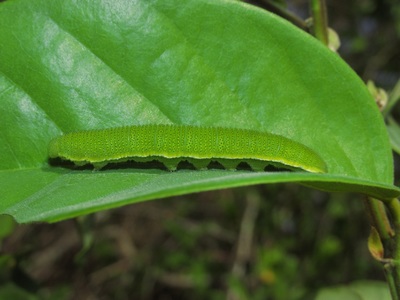
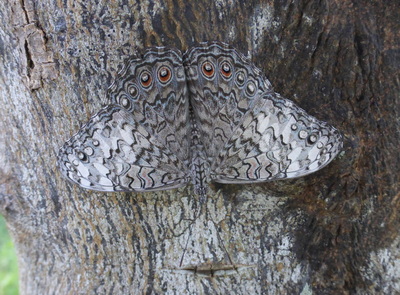
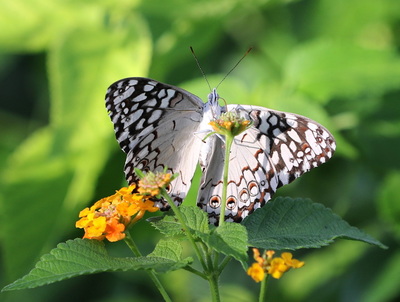
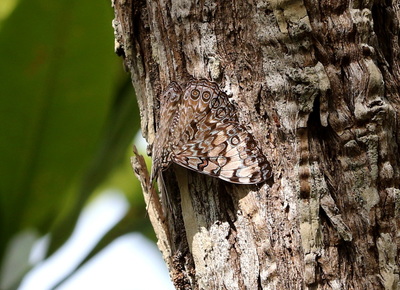
 RSS Feed
RSS Feed